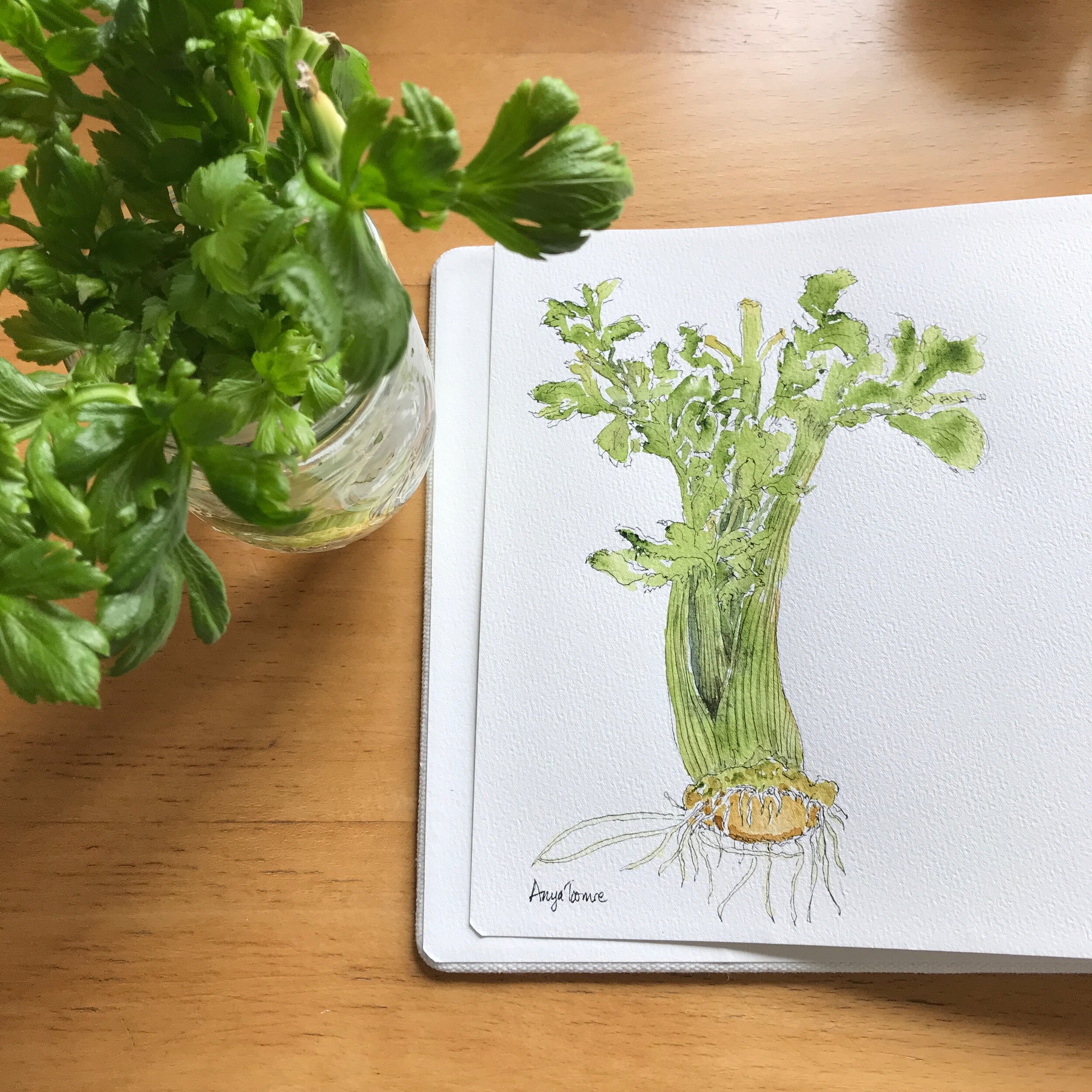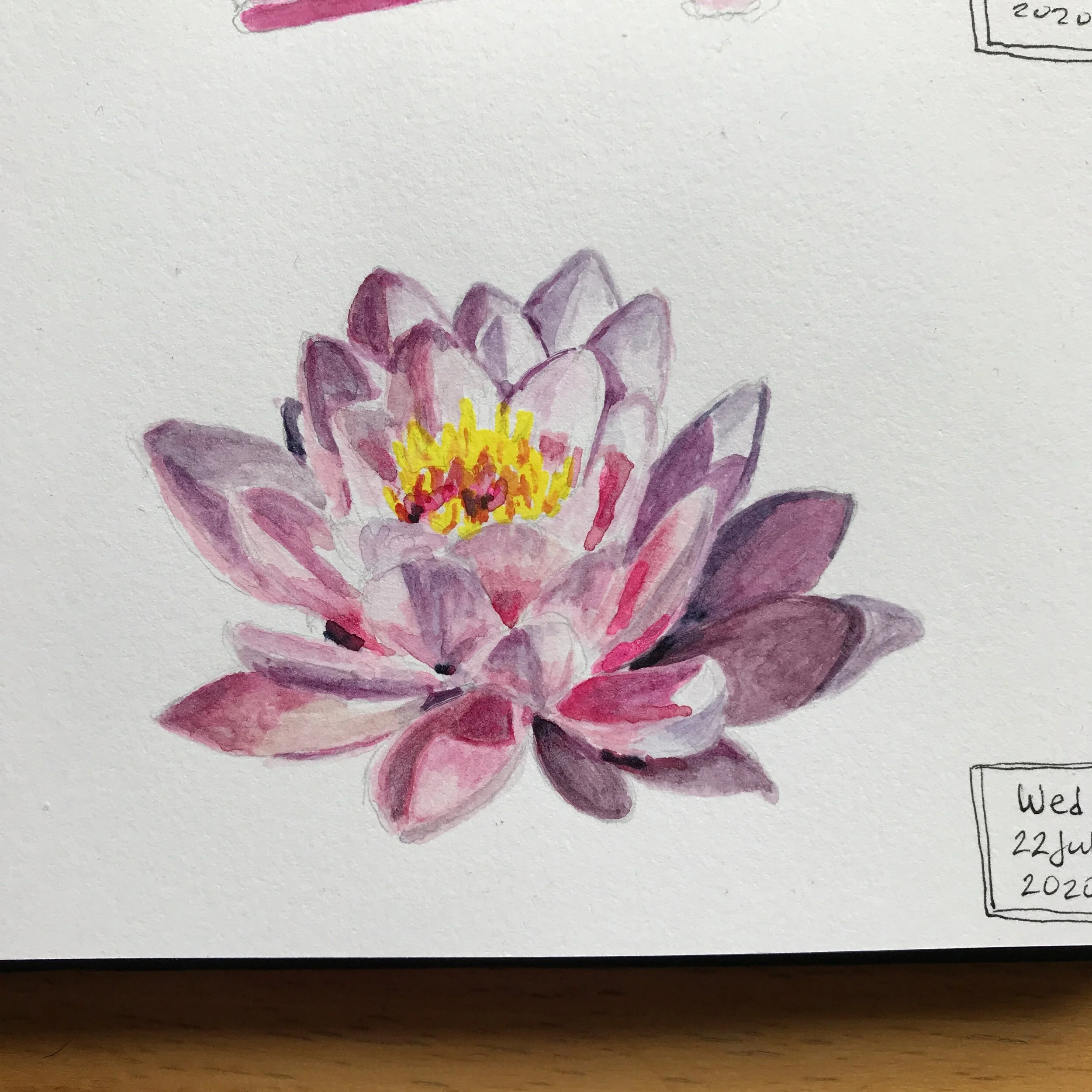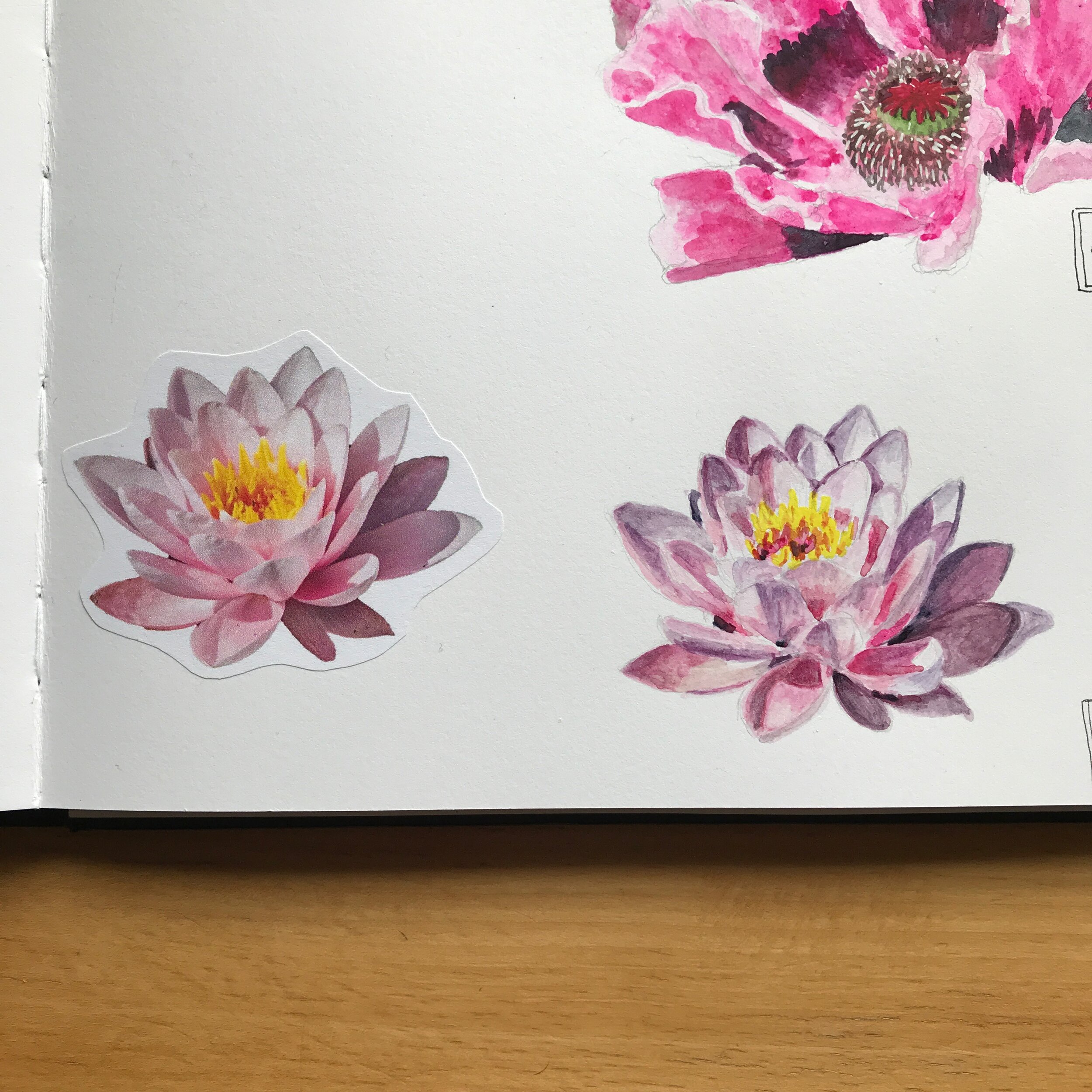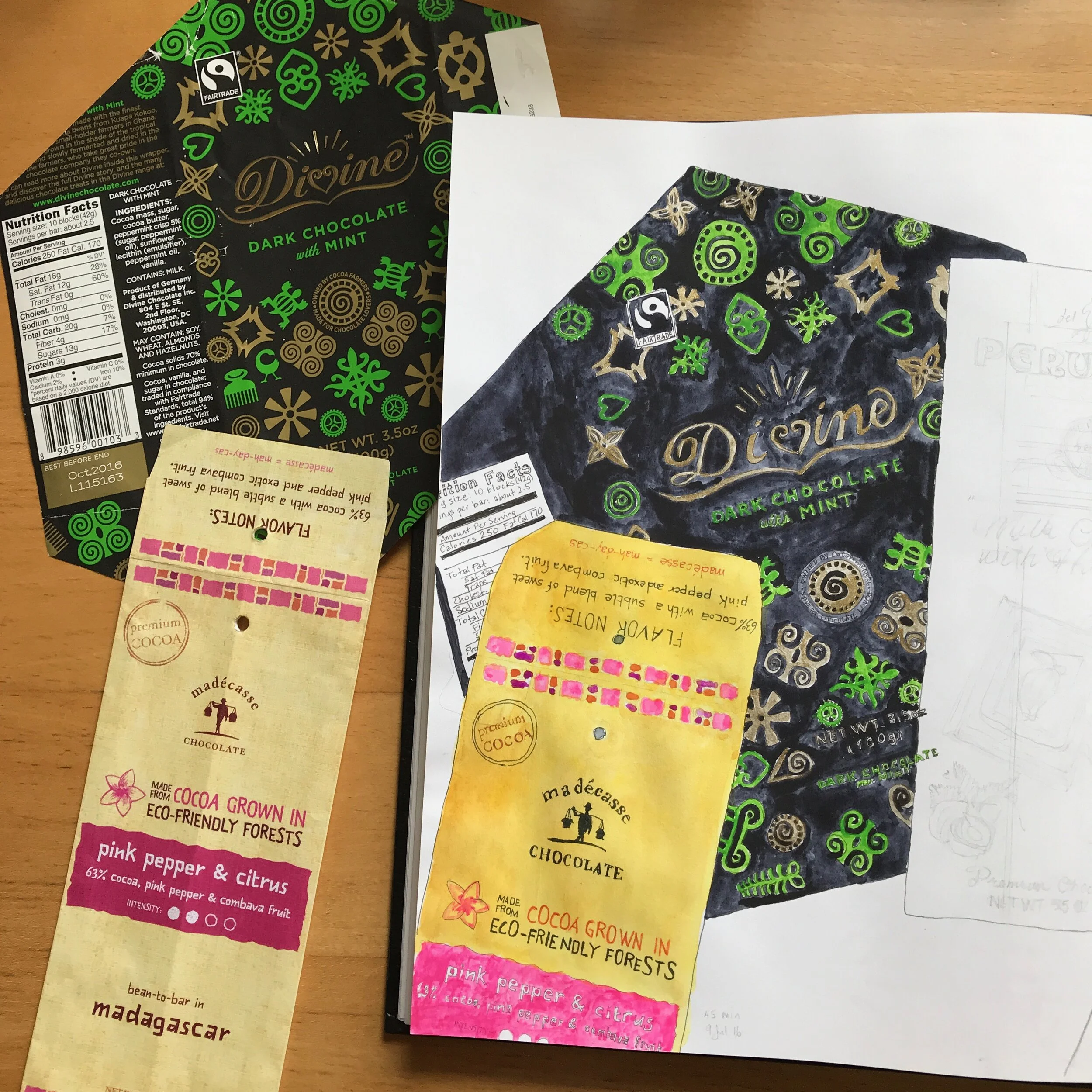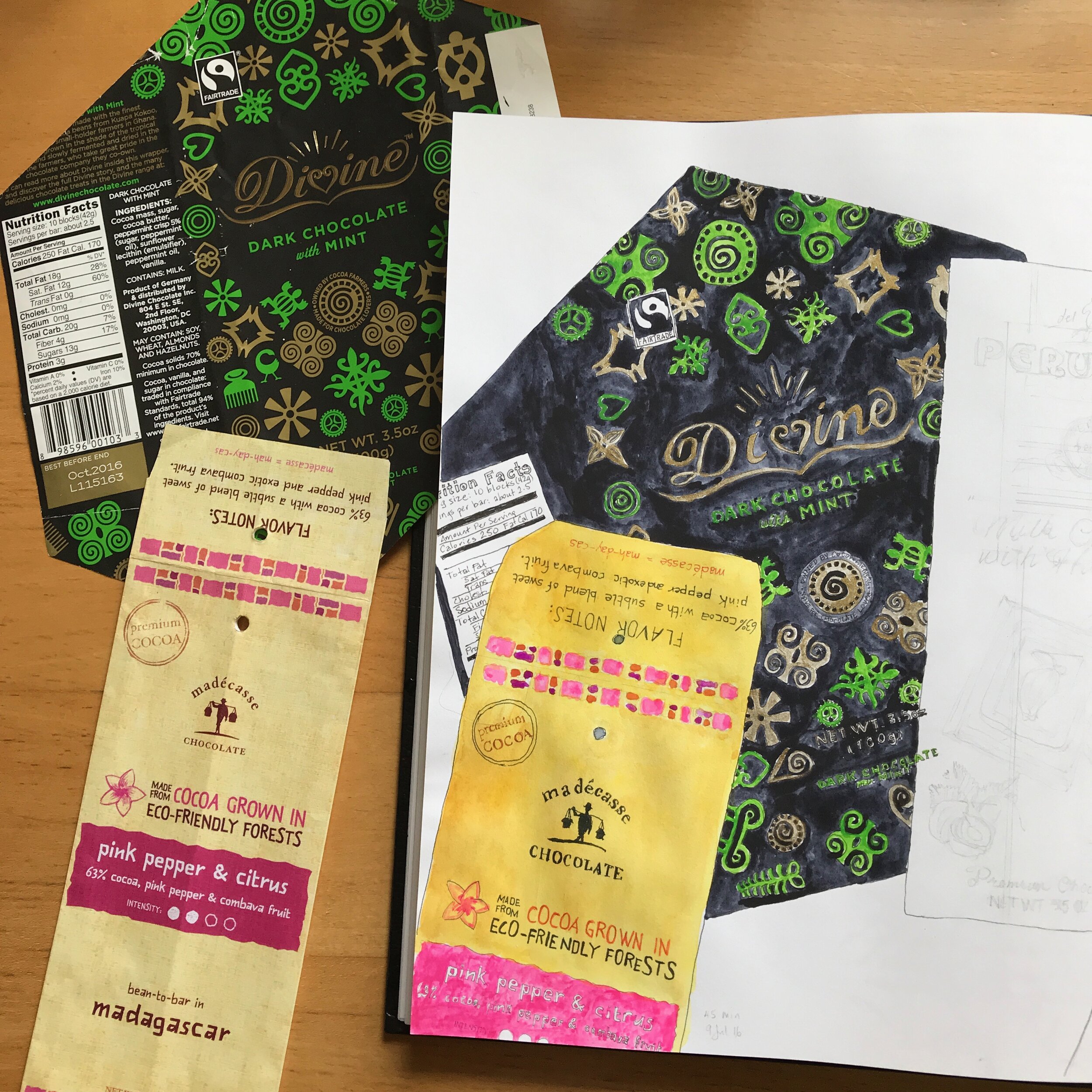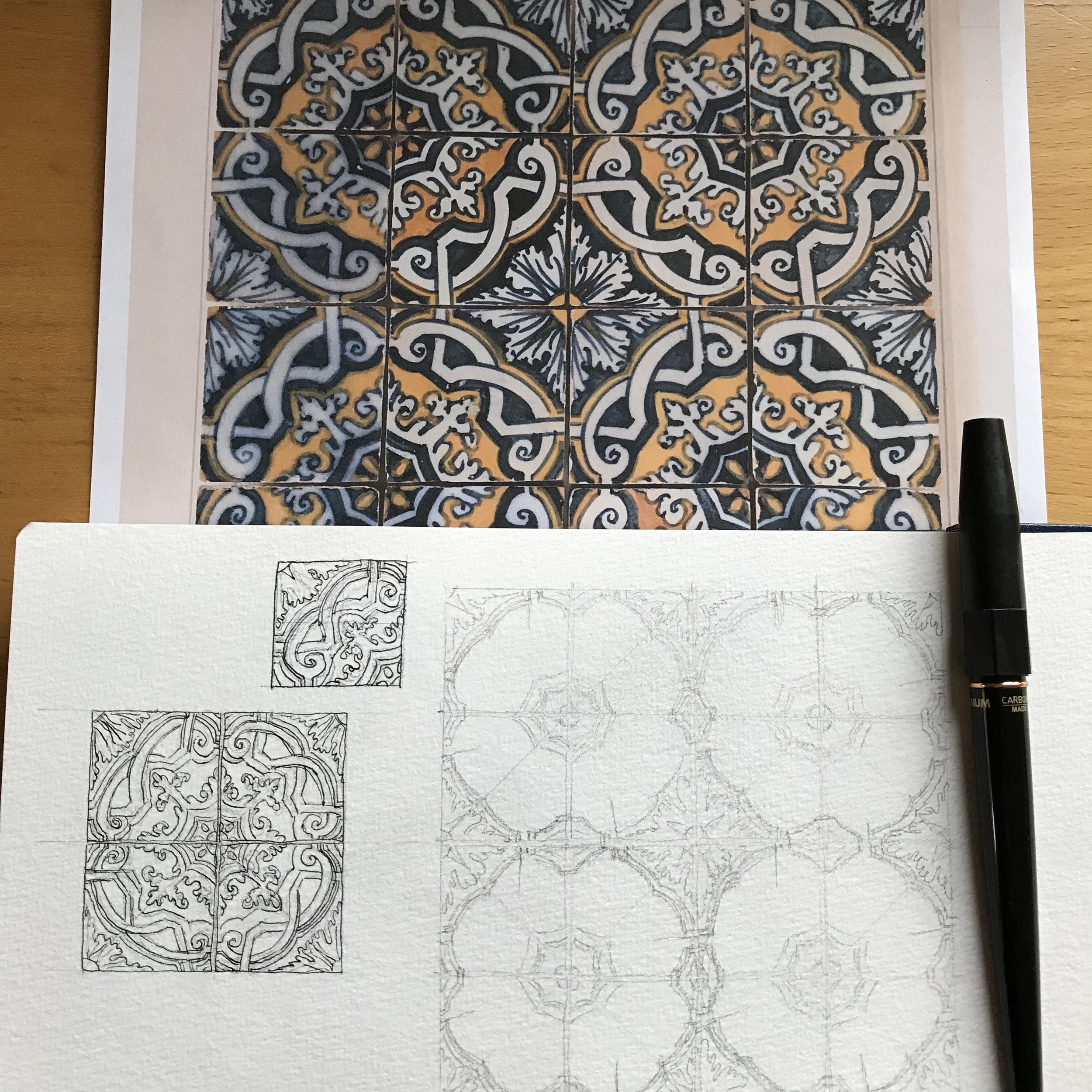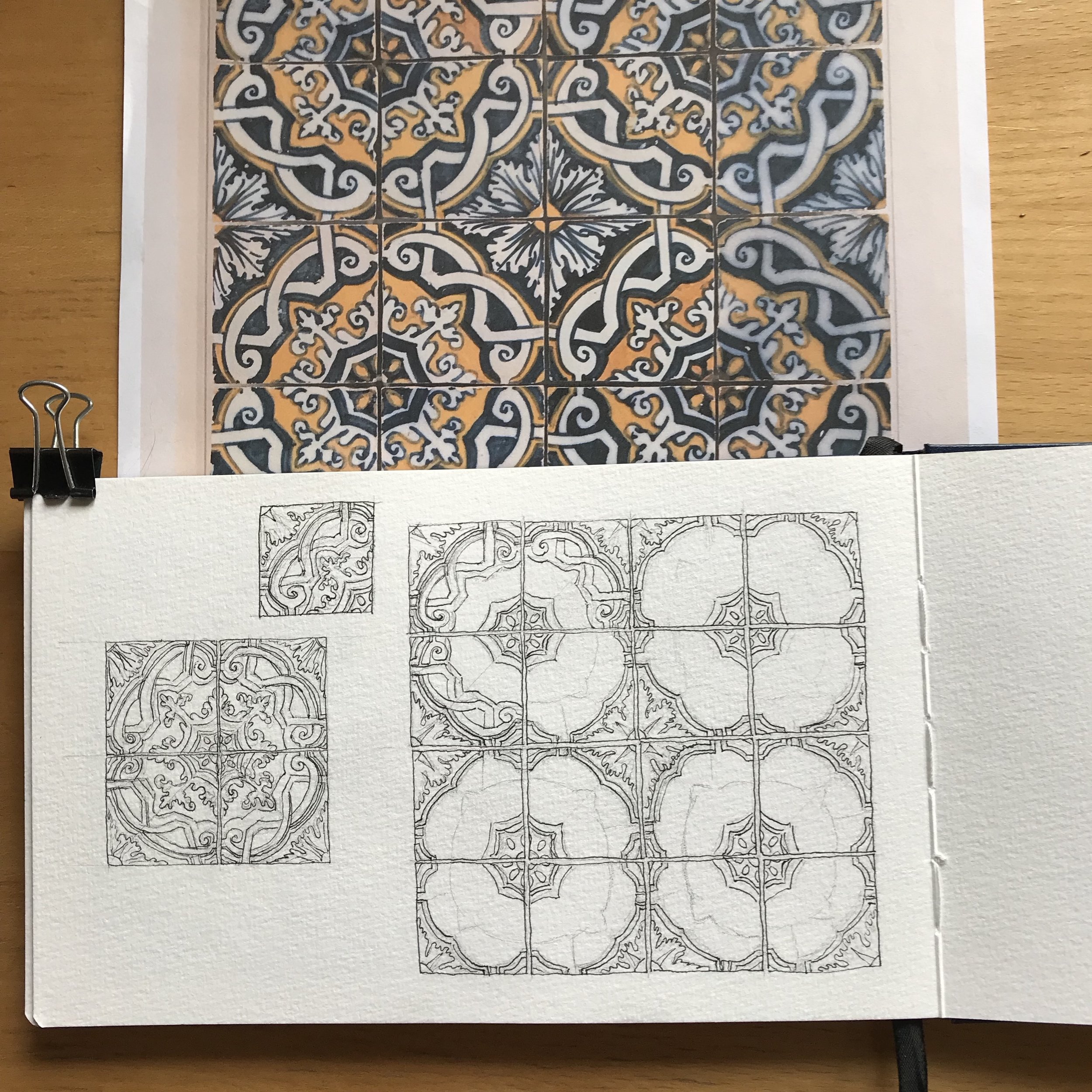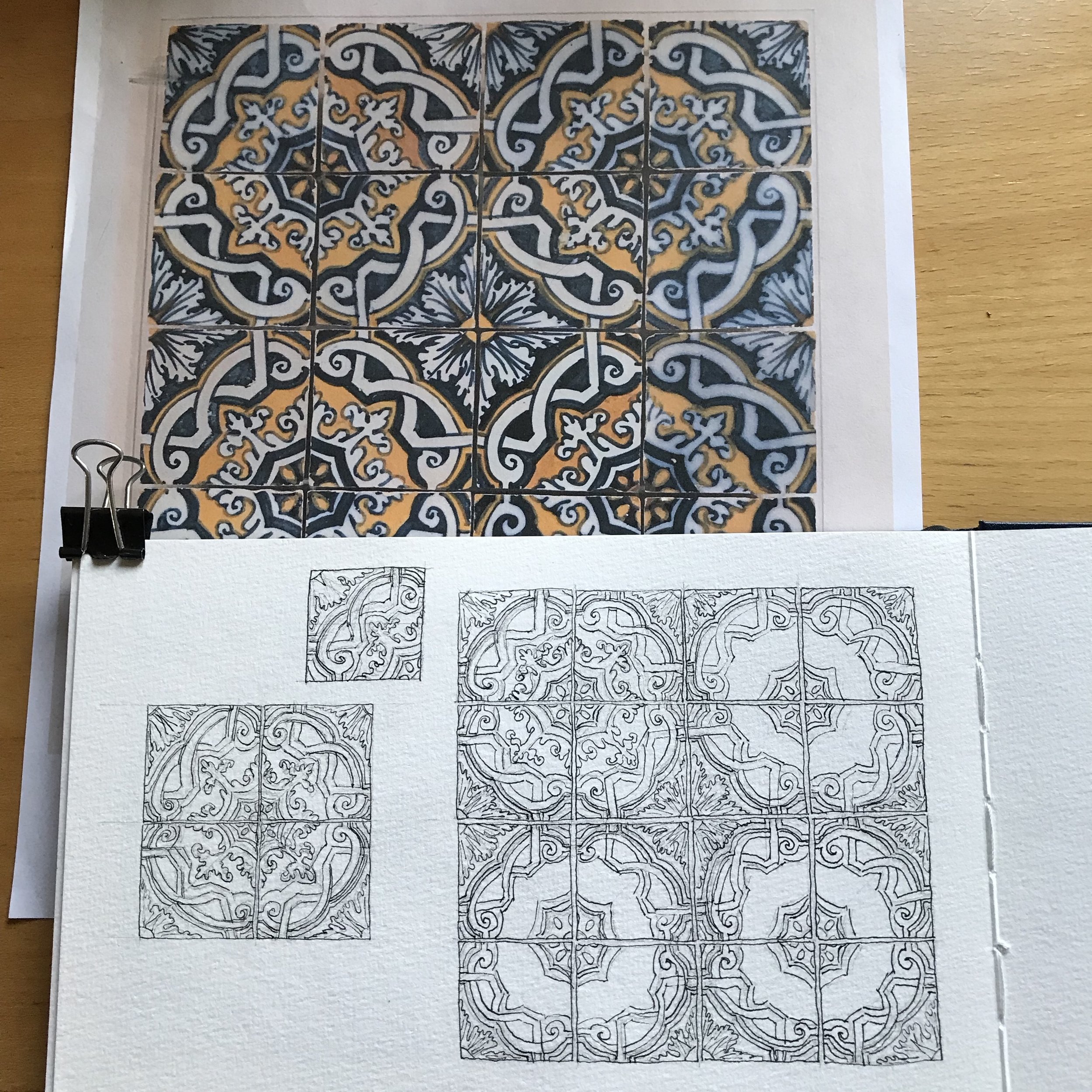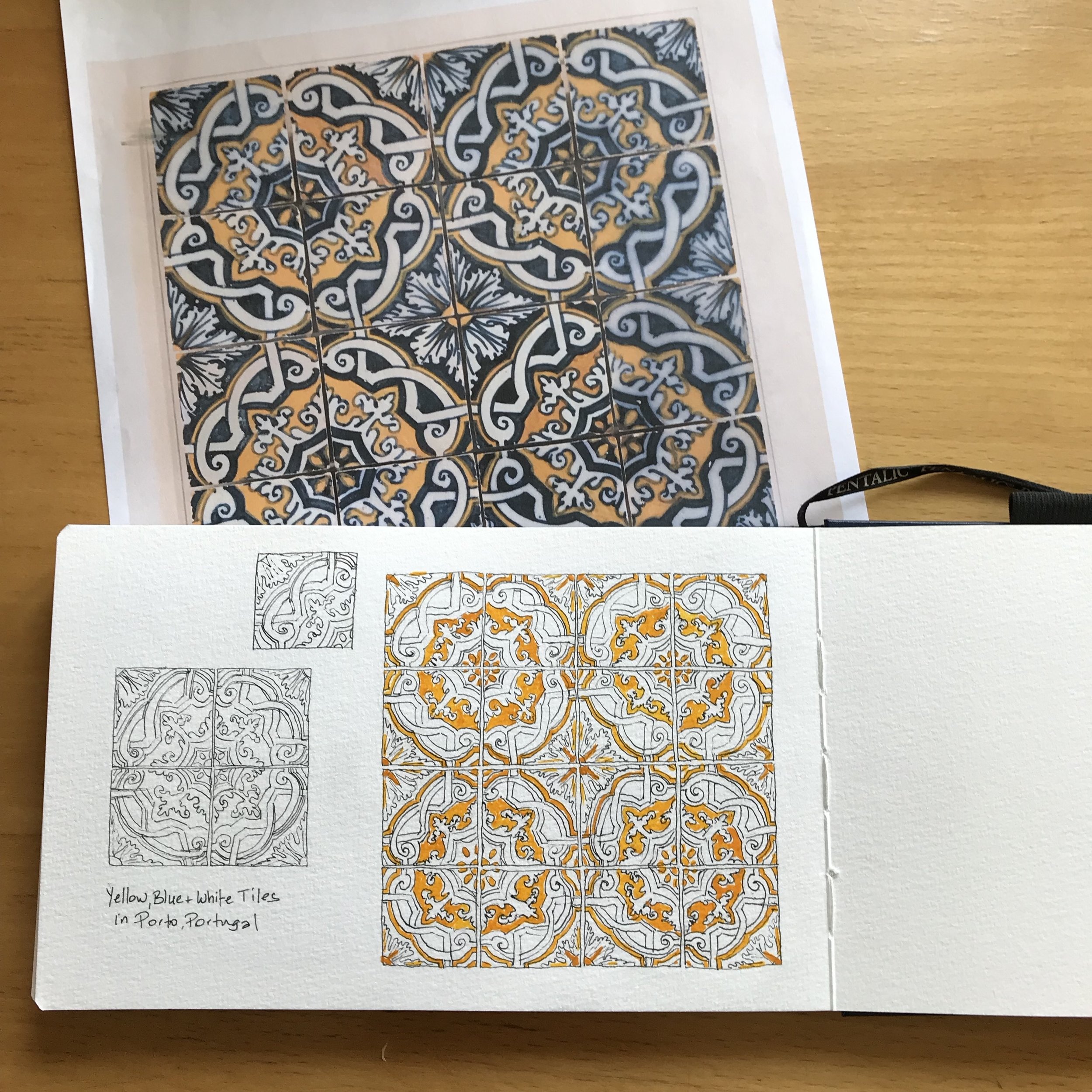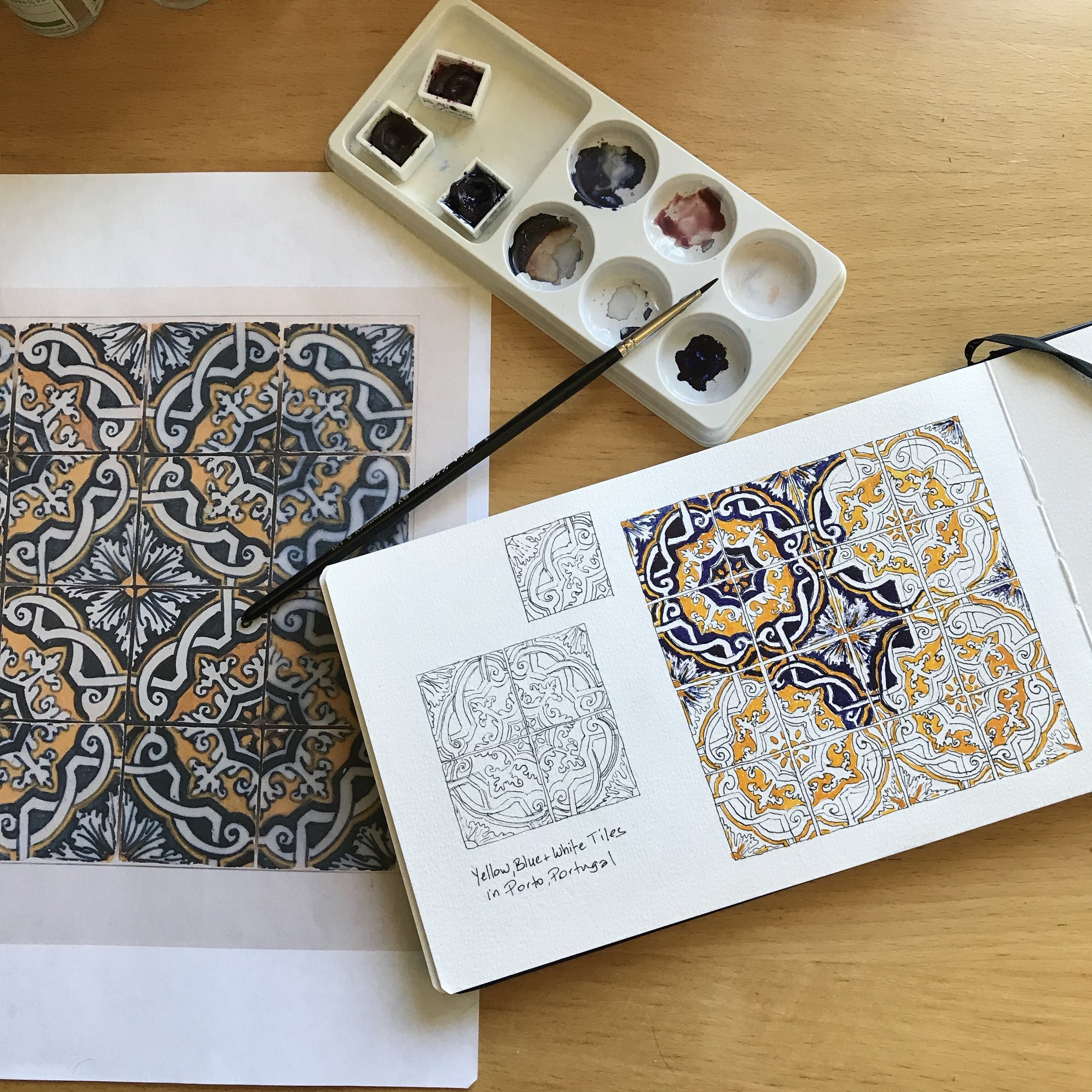Surprise Growth
Rooting celery
Today’s thoughts come from me as a kitchen gardener.
One of the things I’ve been doing this strange, stressful year, aside from learning how to make sourdough bread, has been taking various vegetables from the kitchen and seeing if I can get them to grow.
I saw a video a few months ago showing how “simple” it is to root produce that ordinarily would be tossed into the compost after using. I like to garden outside but I’ve never been very successful growing food. I was curious to see if it would work for me.
I started with green onions. They seem pretty obvious since they usually come with roots. I stuck the ends of a bunch of scallions in a glass of water after I finished using the green parts. It wasn’t long before new roots grew. I felt so proud like I had accomplished something major instead of nature taking its normal course and having a lot to do with it.
After the green onion rooting success in water, I moved them to pots with dirt. They still survived and are thriving. I’m so proud of my scallions. I looked in my pantry and inside the fridge’s produce drawer for my next challenge. I thought I’d try an onion since that also has obvious roots. I was successful in creating rot. That was not a horticultural triumph!
I then tried a wilted bunch of celery. It had gotten limp in the fridge and since some herbs recover if they are put in glasses of water, I thought I’d try that with the celery. It works with cut celery. My bunch of celery was not happy. Maybe it was too far gone, but it was not happy and like the onion began to rot.
I left things for a while and turned my attention to the enjoyment of the success of the green onion growth planning how to use all of the ever growing bounty. I did come across another bunch of celery which was smaller than the last one so I stuck it in a jar of water to see what would happen.
Again I left things sit. I changed the water every few days but nothing really seemed to be happening. It wasn’t rotting but it wasn’t seemingly doing anything either.
Then one day I noticed there was something different. The celery looked bushier and greener than it used to. I took it out of the water and nothing there. No roots. And yet, day after day it looked more and more lush and bushy. Who knew celery could be that happy? And then one day after never seeing any roots, they had grown. My celery sprouted roots! I was so surprised it worked!
The surprise growth of roots reminded me that there are times when some creative ideas and projects need to be started and just left alone to sit and do their thing. To be left unbothered and un-poked, until one day the idea is ready and the puzzle’s been figured out. For ideas to develop they need the right conditions. It’s different for each idea and sometimes things have to be tried a few times to see if they’ll work.
Have you had any success with any projects or ideas by just letting them sit undisturbed?
Benefits of the Process
The start of a hand stitching sampler inspired from The Intentional Thread by Susan Brandeis.
Recently I realized that I have been leaning into the process of making and creating. This has been at first unconsciously done and now is mindfully deliberate. After I saw what I was doing, I started thinking about the process and what kinds of things happen there that are so attractive. Here’s a small list to start with:
Playing with a shiny, new idea
Researching as needed
Working with my hands
Using the right tools and supplies for my craft(s)
Practicing new techniques
Getting more skilled with familiar techniques
Being in the zone
Having time where my mind can drift off and think about other things
Finding pleasure and satisfaction in small details
Making a project come together
Knowing it’s not necessary to have an actual project in mind
These are just some of the things that I enjoy about being in the process. What have you found that you like when you are creating?
Avoiding the Siren Call of the Shiny and New (also Known as Procrastination)
I was distracted today by temptations of what kind of art to do. So many choices, so little time. Which to do first? A friend has shown some watercolor abstracts she’s been doing and that seems a lot of fun to explore.
Another person on Facebook shared a pencil drawing of a stack of some lobster pots along a pier that he’d been working on. The detail and complexity seemed delightful to get lost in. I have pictures from Maine that I could use.
I have two books that I want to start working my way though: Modern Watercolor Botanicals by Sarah Simon and Pen & Ink Drawing, A Simple Guide by Alphoso Dunn. Both seem like they will be great as I improve my skills in watercolor and ink working through their practice examples.
So many interesting things to start and to explore! I’m sure you know that feeling of excitement and anticipation before a new project. It’s going to be so much fun!!
Then I looked at my list of artistic to-do’s which sit on my desk languishing waiting for my attention. Sigh.
I ended up deciding to work on one of my older projects first before the shiny and new ones. I set a timer and started it so I had to start working. What I found was that in settling down and focusing on my project, my interest was piqued and I got involved and caught up in working on what was in front of me. I got caught up in the petals of this water lily: what colors to use, how much water, how can I blend the colors more, where do I need to add more value, etc. And then before too long, I finished it. One project done. Easy.
That’s the way it often is; once I put my attention to something, it becomes fascinating and I’m usually happy that I spent some time with that thing. I didn’t spend that much time, only about 30 minutes, but I got the added satisfaction of knowing I put off procrastinating and now I am free to start in on one of my new ideas. Now the decision making isn’t procrastinating but is enjoying the process of making a choice.
How do you get yourself to stop procrastinating?
Sourdough Starter
The shaggy mass start of sourdough bread
I’ve made bread many times over the years and am very familiar with how that process works and what the steps are needed to make bread. Recently though, I’ve made my first sourdough starter and then sourdough bread. The starter takes one to two weeks from the original mix of flour and water until it has grown enough to be used to cook with. It requires a daily feeding which is a little bit of yesterday’s starter and some flour and water. Then it grows on it own, until the next day. I haven’t named my starter yet but I’ve heard of some people that do!
With time, the dough gets smoother on its own.
The funny thing that I’ve noticed about sourdough starter and bread making, which is different from dry yeast bread making, is how the flour, water and starter just need to be mixed into a shaggy mass or roughly mixed together. There is none of the gradually incorporating the flour by kneading until it all is smooth and elastic. Magically just by waiting, the starter “eats” through the flour and it becomes very smooth, almost silky in texture. It’s an amazing transformation and I enjoy watching it happen each time! I can assure you that’s not the way I left it after mixing it to begin with.
What occurred to me is that this process is much like coming up with new ideas and skills. Yes, practice is involved and effort, but there are times when what’s necessary is just to have all the parts in place and then sit on it for a while. Just wait and let it be. Give the idea some time and then look at it again. Often by magic the idea has grown and changed to become something more polished than the rough stage I started at.
My thoughts on creativity courtesy of sourdough starter.
Starting is Better Than Not
Today marks the end of an amazing workshop that I’ve been part of for the past 150 days, The Creative’s Workshop. Creatives of all types and persuasions, from so many different areas of interest and parts of the world gathered daily to share parts of their process and gave us windows into their worlds. There were poets, writers, podcasters, photographers, film makers, musicians, cartoonists, and visual artists to mention a few broad groups. It was so interesting and inspiring and a bit mentally exhausting - but in a good way.
Progress made on a couple of chocolate bar wrappers
The workshop encouraged us to contribute something, anything, daily for 100 days. Many made it daily to the end. To ship something was better than not. Another way of saying that is to start before you’re ready.
I was inspired at the very end, this morning in fact, to start writing a blog and to add something here daily. I’m hoping that by doing this I will move closer to being me rather than who I think I’m supposed to be.
So here I am, starting before I’m ready. The blog page doesn’t look the way I want. I don’t have a well thought out plan for what I want to do or a specific goal by a specific time. I know, however, that saying things out loud even if no one reads this blog allows me to work off my ideas and be able to then change and edit and nudge new ideas out.
Pressing the “Save & Publish” button now!
The Process of Drawing Tile Patterns
Recently I started adding color to my drawing of a Portuguese tile pattern that I saw at the National Tile Museum in Lisbon, Portugal last summer (although I wrote Porto in my sketchbook). I love the way one block pattern can be complicated enough that it takes 16 tiles to show it!
These are some pictures taken during its progress to being currently somewhat painted. I typically work on my projects about 30 minutes at a time. For these tiles, I start with a pencil and ruler and mark out on my sketchbook page where I’m going to place them. I like to draw a solo tile, then in a group of four, and then, here, in a group of sixteen to show the additional pattern that is made. I find the center lines and diagonals in each square and then start sketching out the pattern. Sometimes I will draw the whole pattern first then ink it, but here the design was complicated enough and my hand would rub off the graphite, I inked some parts before I did more pencil. Once the whole page was inked, I scanned it so I have it available for the future - I was thinking of a coloring book of Portuguese tiles. Then, I added color to match the tiles I had photographed.
It’s a time consuming but very satisfying process. I will continue to add blue watercolor to the rest of the drawing but I rather like partially complete painting too. I will scan that before I continue. Which do you like better - partially painted or fully painted?

